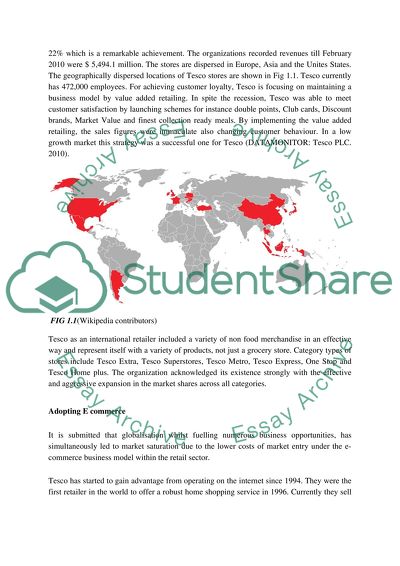Cite this document
(“E commerce Essay Example | Topics and Well Written Essays - 1000 words”, n.d.)
Retrieved from https://studentshare.org/family-consumer-science/1406458-e-commerce
Retrieved from https://studentshare.org/family-consumer-science/1406458-e-commerce
(E Commerce Essay Example | Topics and Well Written Essays - 1000 Words)
https://studentshare.org/family-consumer-science/1406458-e-commerce.
https://studentshare.org/family-consumer-science/1406458-e-commerce.
“E Commerce Essay Example | Topics and Well Written Essays - 1000 Words”, n.d. https://studentshare.org/family-consumer-science/1406458-e-commerce.


